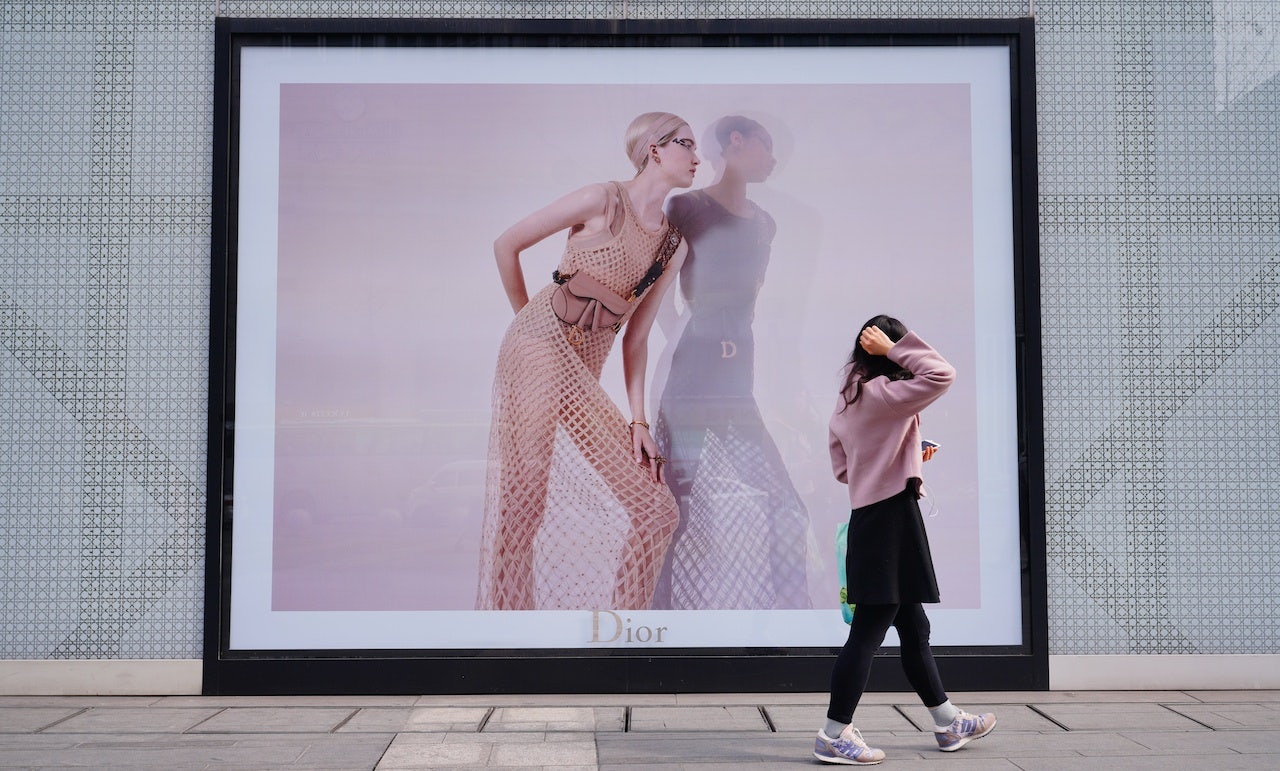The following is an excerpt from Jing Daily’s market report, “Winning China’s High-Spending Cultural Consumer: The Future Of Luxury.” Packed with 88 pages of market research, spotlight interviews with industry insiders and brand executives, and revenue-generating insights, the report is a must-read for anyone interested in tapping China's new generation of culture-minded luxury consumers. Get your copy today on our Reports page.#
The rapidly evolving nature and global outlook of Chinese Cultural Consumers (CCCs) makes them difficult for luxury brands to definitively identify and influence. What appeals to an urban coastal male in his late 30s often does not have the same effect on a female in her early 20s from a third-tier inland city. However, successful brands have leveraged e-commerce, direct-to- consumer (DTC) strategies, social commerce, and more to drive revenue across the consumer spectrum.
In China’s online environment, millennial and Gen Z consumers spend much of their digital life on platforms owned by a handful of domestic tech giants. Although dominated by players like Bytedance, Alibaba, and Tencent, the Chinese market also includes a constellation of smaller but critically important platforms that cater to niche interests, such as Xiaohongshu and Bilibili. For brands looking to connect with CCCs, a wide array of platforms and strategies are key ingredients in the wider marketing mix.
WeChat#
Originally launched in 2011 and counting more than 1.2 billion monthly active users (MAUs), WeChat remains a crucial tool for brands to reach any consumer in China. Expanding from its early days as a relatively simple messaging app, over the past decade WeChat has become China’s “everything app,” integrating a vast ecosystem of mini-programs that function as apps within the app.
While WeChat remains the dominant social media app in China, it has also become more associated with daily life and work, and less as a destination for entertainment, facing a challenge from platforms such as Bilibili and Douyin. As a means to reach the CCC, WeChat has shown the greatest potential as a CRM tool, giving sales staff the ability to communicate directly with VIP customers, create private groups, and livestream sales sessions.
Over the past year, WeChat has stepped up its efforts to catch up with video-heavy competition, introducing new tools for video accounts that support e-commerce and allowing merchants to establish shops in the app, offering new opportunities to engage its massive user base.
Tmall and Taobao Live#
Overcoming hurdles of parent Alibaba’s early association with low-end goods (via the Taobao marketplace) and widespread concerns over counterfeit products, Tmall has emerged as a key destination for higher quality goods and has ramped up its efforts to entice premium global brands to set up official online stores on its invitation-only Tmall Luxury Pavilion, now home to more than 200 international brands including Cartier, Gucci, and Prada. A benefit for brands considering opening a “location” on Tmall Luxury Pavilion is its connections to Taobao Live, China’s top destination for e-commerce livestreaming, as well as a newer luxury-specific livestreaming channel, Soho Live, which was launched in 2020 as part of a broader initiative to connect luxury brands with Gen Z shoppers.
Despite ongoing regulatory pressures from the central government on the country’s booming livestreaming industry, Taobao Live continues to see rapid growth in revenue, user acquisition, and influence, pulling in $62 billion in gross merchandise volume (GMV) last year. In 2022, however, the question for brands hoping to appeal to the CCC is their interest level in platforms such as Taobao Live, compared to more fashion-focused apps like Xiaohongshu.
Luxury Resale Marketplaces#
China’s luxury resale market revenue is dwarfed by the overall luxury segment, with the resale market seeing $2.69 billion in sales in 2020 compared to $53.7 billion worth of new luxury products, according to Bain data. However, the market is growing quickly, driven by an interest among younger CCCs in particular. Traditionally, affluent Chinese consumers have resisted pre-owned luxury goods, in marked comparison to nearby markets like Japan and South Korea, which each boast sophisticated resale infrastructures.
But any aversion to secondhand goods is fading fast, accelerated by the COVID-19 pandemic and driven by booming interest among younger consumers in reducing their carbon footprint, engaging in more mindful consumption, and collecting hard-to-find archive pieces by top designers and brands. Much like their counterparts in Western Europe, North America, South Korea, and Japan, CCCs are shifting away from standard models of luxury consumption and purchasing more secondhand items, fueling investment in the sector.
Second-hand online marketplaces such as the Alibaba-owned Idle Fish — which started as a consumer-to-consumer (C2C) platform before opening to business-to-consumer (B2C) brand users in 2019 — are not especially new in China. Neither are secondhand luxury stores, with Hong Kong’s handbag-focused Milan Station expanding into major Chinese cities more than a decade ago. But now the shift is to online, with luxury e-commerce platforms Secoo (which sells both pre-owned and new products), Poizon, Plum, Ponhu, Feiyu, and Isheyipai among the contenders fighting for larger shares of a lucrative market that is poised for major growth.
Meanwhile, the rise of short video and e-commerce livestreaming has also had an impact on the luxury resale space, with Douyin seeing a rise in sellers of pre-owned luxury bags and the luxury livestreaming app Feiyu gaining in popularity over the past year.
